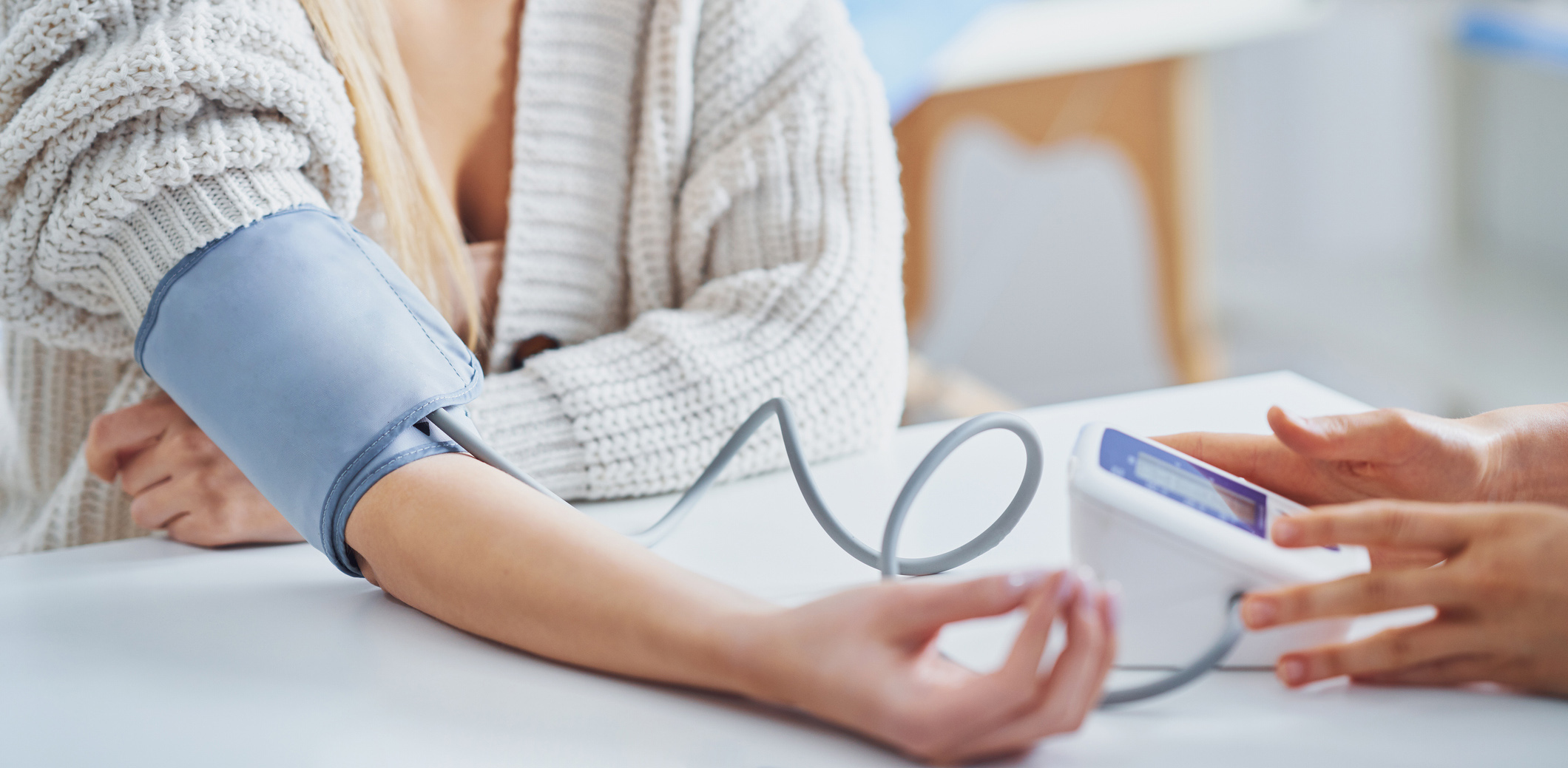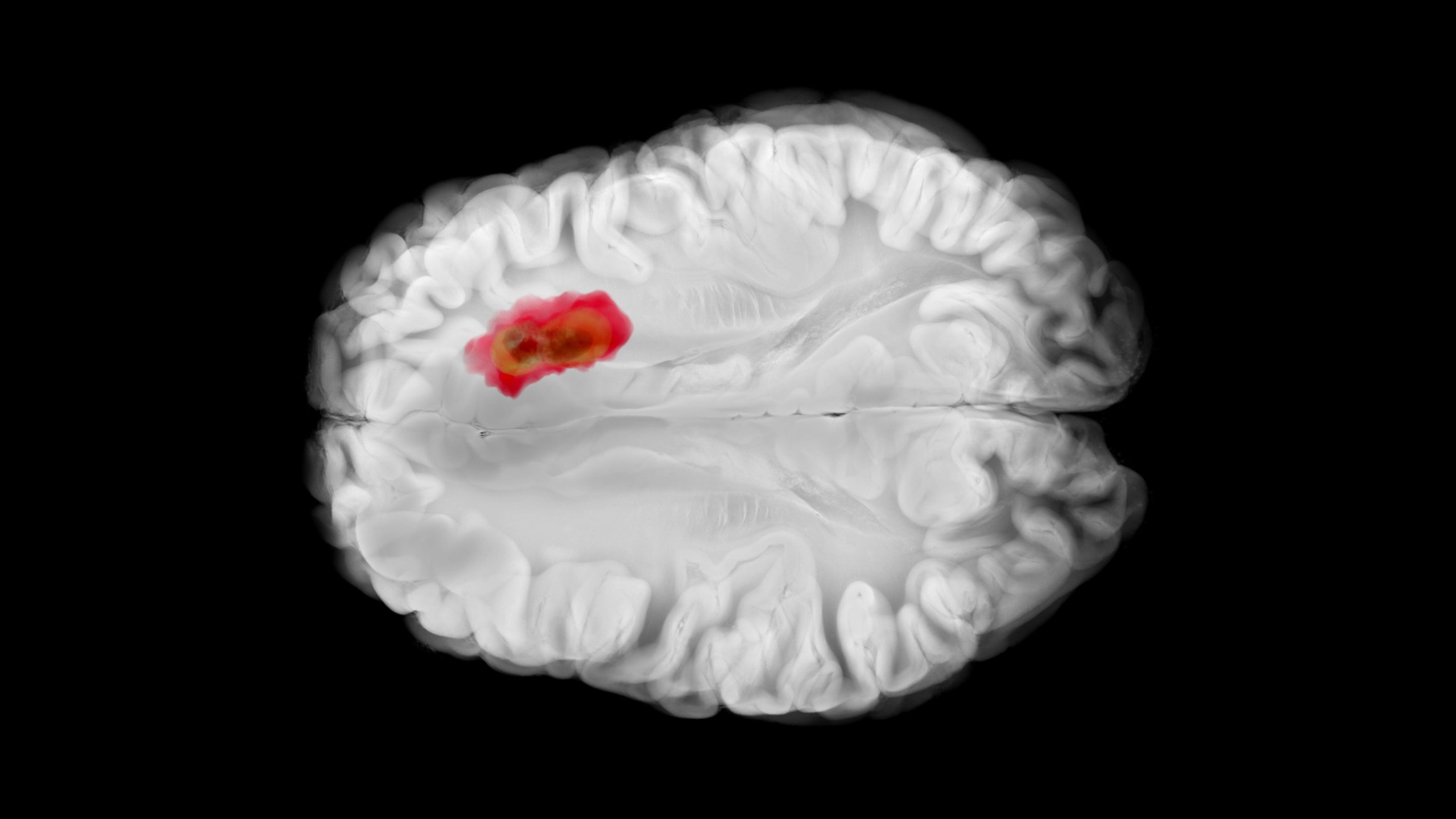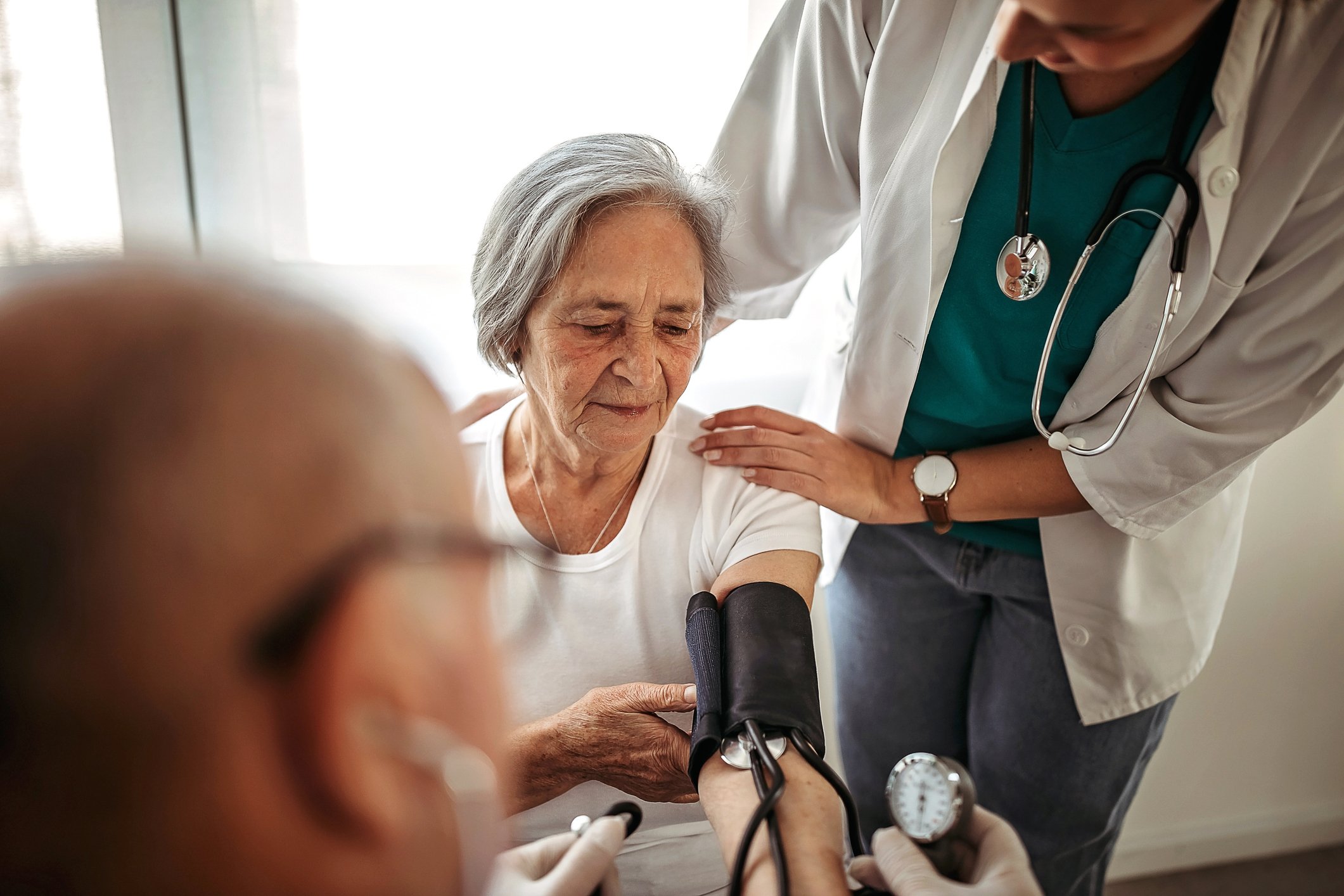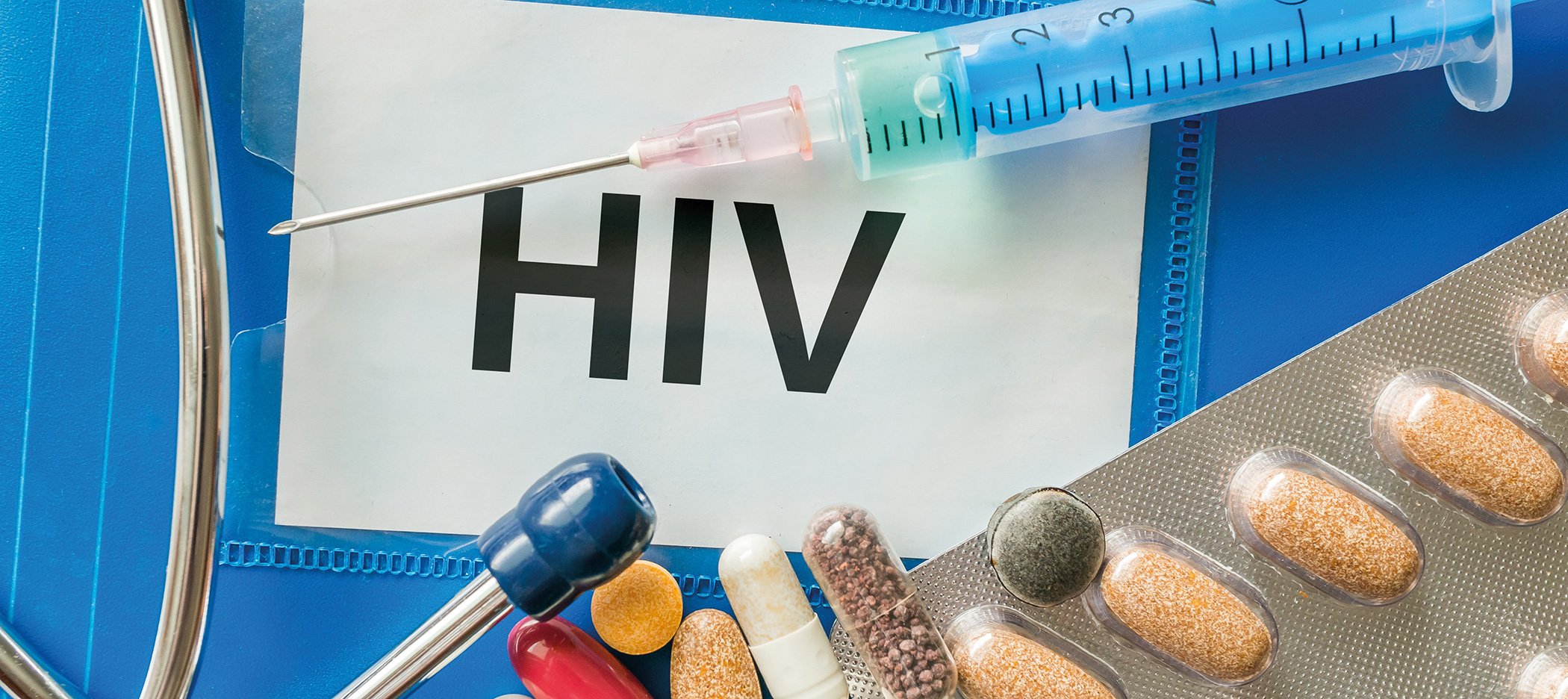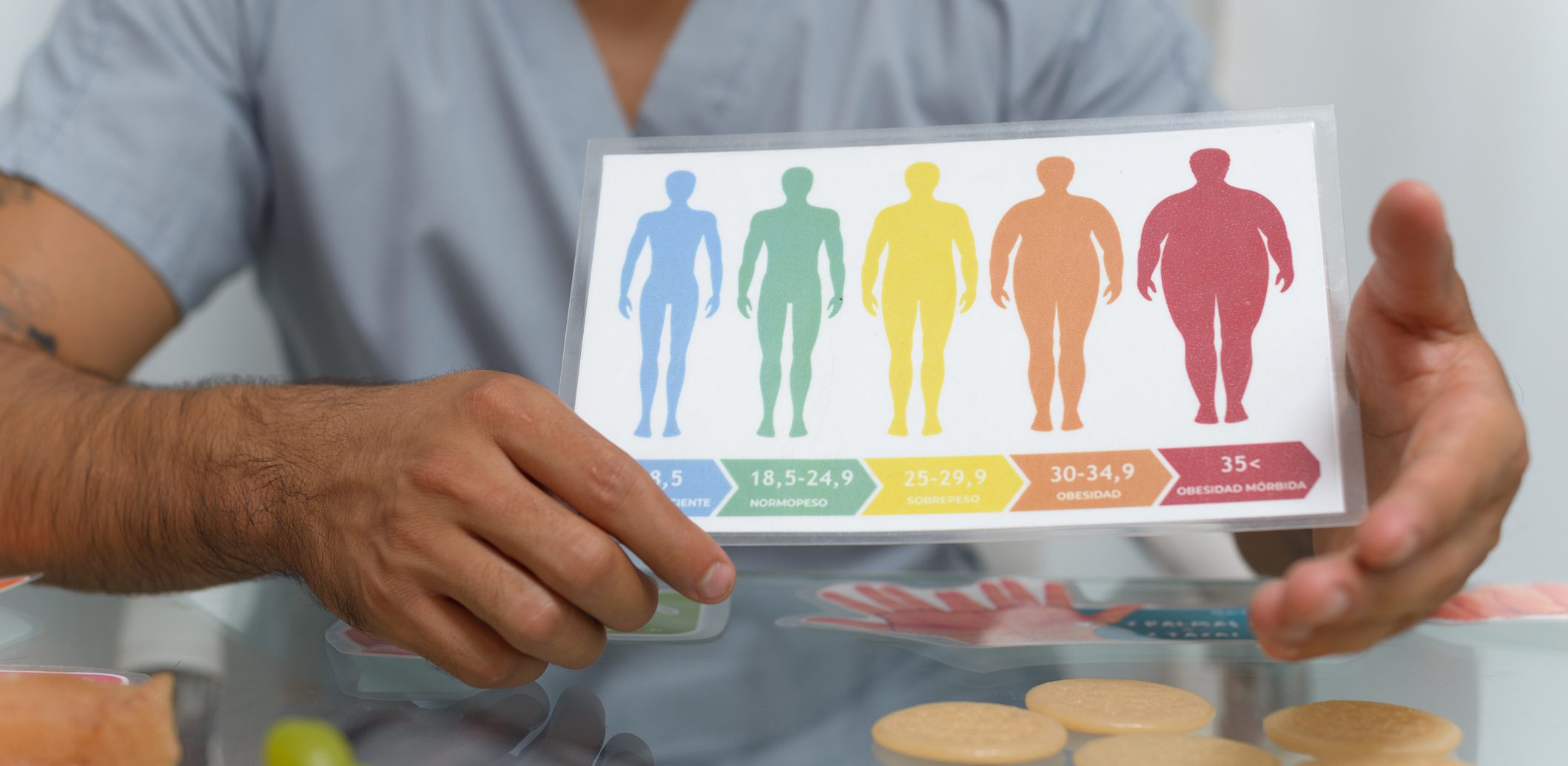Schwartz-Bartter syndrome is characterized by an accumulation of water in the body, triggered by an increased release of ADH or ADH-like substances. Nausea, vomiting, headaches and muscle cramps can be the result. The cause is usually small cell lung cancer, but drug side effects or pneumonia are also possible. The therapy depends on the underlying disease. Vasopressin antagonists may also provide relief.
Schwartz-Bartter syndrome (SIADH), also called syndrome of inadequate ADH secretion, is a disorder of osmo-regulation. High secretion of antidiuertic hormone (ADH) results in decreased water retention and, in the course, hyponatremia. Increased secretion of ADH or ADH-like peptides entails the incorporation of water channels (aquaporins) into the luminal cell membrane via a receptor-mediated signaling cascade. Water is drawn into the hyperosmotic renal tissue, urine becomes concentrated, and urine osmolality increases. Serum osmolality, on the other hand, decreases. Thus, hypotonic hyperhydration with dilutional hyponatremia occurs. To eliminate the excess water, the body secretes more ANP and inhibits the RAAS. However, this often results in increased natriuresis, which exacerbates the hyponatremia.
Indifferent symptoms
SIADH may well be asymptomatic and is therefore often an incidental laboratory finding. Otherwise, the complaints are of a rather unspecific nature. Initially, confusion, headache, weakness and muscle cramps may occur. As the disease progresses, dizziness, loss of appetite, vomiting, seizures and impaired consciousness may occur. As a rule, weight gain can also be observed. In over 80% of cases, the disease is based on a small cell lung carcinoma, as this is a hormone-producing tumor and produces ADH in the case of Schwartz-Bartter syndrome. But in rare cases, other causes can be detected. For example, in central nervous processes such as an apoplexy, in inflammatory processes (meningitis, pneumonia) or by certain drugs, such as tricyclic antidepressants, neuroleptics, cytostatics or antiarrhythmics.
Fluid restriction, electrolyte balance, ADH inhibition
The therapy depends first of all on the cause. The second thing that comes into play is clinical symptomatology. The amount of liquid should be restricted here. In the case of neurological complaints, treatment with a hypotonic or isotonic saline solution must be carried out. This is to compensate for the lack of sodium. However, the increase in concentration must be slow, as otherwise central pontine myelinolysis may occur. This is damage to the myelin sheath of nerve fibers, especially in the brain stem. Impaired consciousness, coma, increasing paralysis and dysphagia may result. The majority of those affected recover from the symptoms; however, a fatal outcome is also possible. In addition, it should be kept in mind that hyponatremia is usually accompanied by hypokalemia. Accordingly, potassium substitution should be performed.
Vasopressin antagonists are another treatment option. These block the action of antidiuretic hormone on the kidney. It also prevents the aquaporins from being incorporated into the collecting ducts of the kidney, thus promoting the excretion of electrolyte-free water.
Further reading:
- www.amboss.com/de/wissen/syndrom-der-inadaquaten-adh-sekretion (last accessed on 10.12.2023)
- www.dr-gumpert.de/html/schwartz_bartter_syndrom.html (last accessed on 10.12.2023)
- https://medlexi.de/Schwartz-Bartter-Syndrom (last accessed on 10.12.2023)
- www.apotheken.de/medikamente/lexikon/s0226-schwartz-bartter-syndrom-syndrom-der-inadequaten-adh-sekretion-siadh (last accessed on 10.12.2023)
InFo ONCOLOGY & HEMATOLOGY 2023; 11(6): 30





